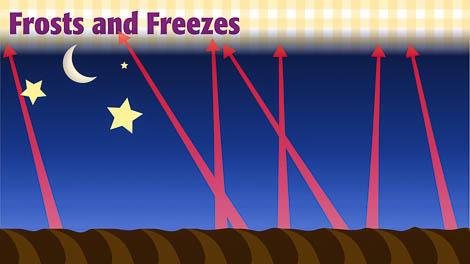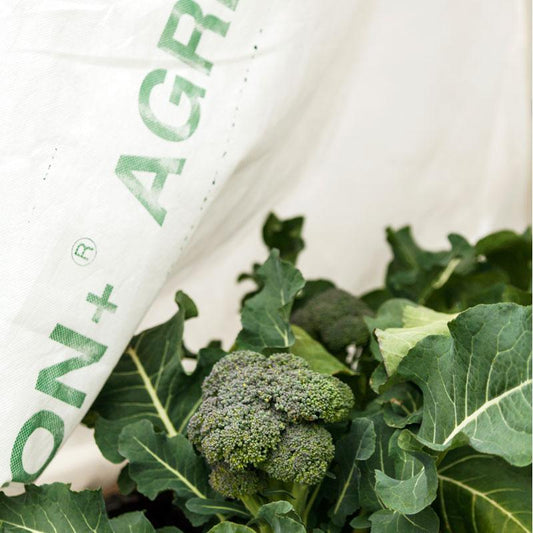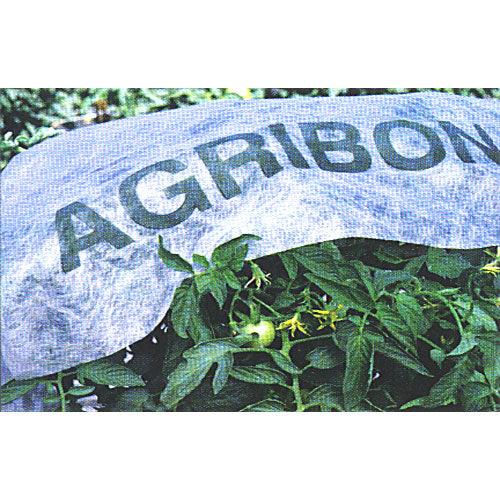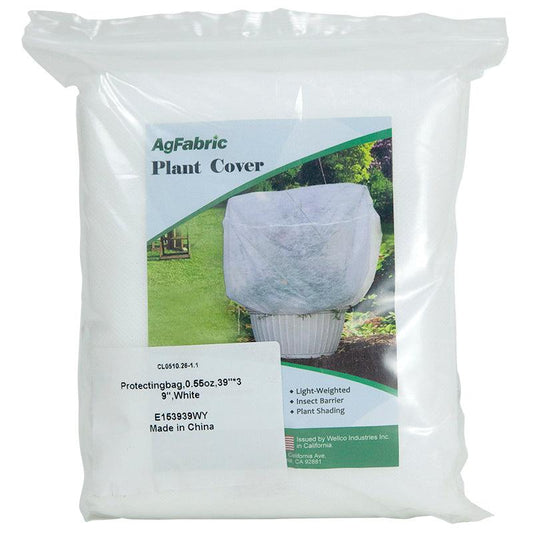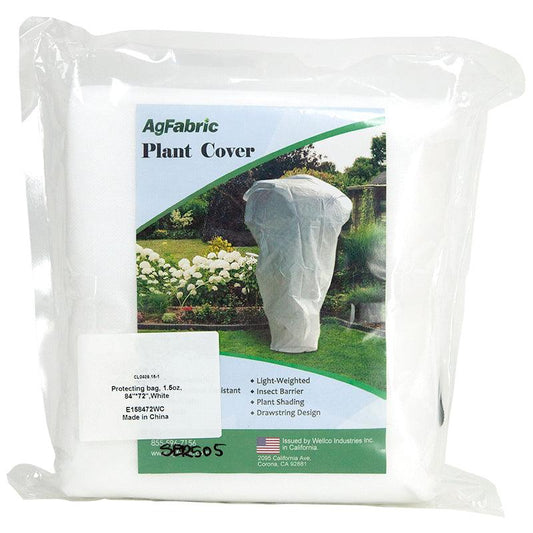Controlling Temperatures in Your Growing Space for a Thriving Garden
When it comes to protecting your plants from frosts and freezes, understanding how temperature fluctuations affect your garden is essential. Many gardeners experience frustration when their crops suffer from unexpected cold snaps, but with the right techniques, you can minimize damage and keep your plants thriving.
Soil plays a crucial role in temperature control. During the day, soil absorbs heat from the sun and gradually releases it at night. This natural heat source can be utilized effectively with row covers, plastic mulch, and passive heat retention methods to create a stable microclimate for your plants.
Whether you're growing cold-hardy vegetables, tender flowers, or fruit trees, taking the right steps to control temperatures in your garden can make all the difference.
Understanding Frosts vs. Freezes

One of the biggest mistakes gardeners make is assuming frosts and freezes are the same. While they both involve cold temperatures, their causes and solutions differ significantly.
What is a Radiation Frost?
• A radiation frost occurs when skies are clear and winds are calm. During the day, the soil absorbs heat, but at night, with no cloud cover to act as insulation, heat escapes into the atmosphere. As a result, surface temperatures drop, leading to frost formation.
• Best protection methods for a radiation frost:
• Floating row covers (such as Agribon) to trap soil heat and prevent frost from settling on plants.
• Low tunnels to insulate crops and protect them from cold air.
• Mulch (straw, leaves, or compost) to help retain heat and protect plant roots.
What is an Advective Freeze?
• An advective freeze is caused by a mass of cold air moving in, often accompanied by strong winds and rapidly dropping temperatures. Unlike a radiation frost, this type of freeze replaces the warmth entirely, making it harder to protect plants.
• Best protection methods for an advective freeze:
• Use plastic mulch to insulate soil heat and reduce temperature fluctuations.
• Place traditional (non-LED) Christmas lights near plants for additional warmth.
• Use water containers (milk jugs or five-gallon buckets) as thermal reservoirs to release heat overnight.
• Double up row covers or use thicker covers (Agribon AG-50 or AG-70) for extra insulation.
How to Use Row Covers for Temperature Control
Floating row covers are an effective tool to protect plants from cold temperatures. They create a microclimate by trapping soil heat and preventing frost from settling directly on crops.
Tips for Using Row Covers Effectively
• Ensure full ground coverage – Drape covers all the way to the ground to prevent warm air from escaping.
• Secure edges properly – Use soil, bricks, or weights to keep row covers in place and block cold air.
• Choose the right thickness – Lightweight covers protect from light frosts, while heavy-duty covers (like Agribon AG-50) provide more insulation for extreme cold.
• Use mulch underneath row covers – Adding straw or compost under the covers helps retain heat.
• Remove covers when temperatures rise – Uncover plants during the day to prevent overheating.
For winter gardening, row covers are an essential tool for protecting crops like kale, carrots, and spinach while extending the growing season.
Extra Protection for Freezing Temperatures
When extreme cold sets in, row covers alone might not be enough. Here are additional ways to protect your plants from severe temperature drops.
1. Use Plastic Mulch for Soil Insulation
• Covering the soil with black or clear plastic mulch helps retain warmth and prevent rapid cooling. This is especially useful for cold-sensitive crops like lettuce and strawberries.

2. Add Heat with Traditional Christmas Lights
• If the forecast predicts temperatures below freezing, hanging non-LED Christmas lights around plants can provide extra warmth to prevent frost damage. Incandescent lights generate heat, which helps keep the air around the plants slightly warmer.

3. Harness the Power of Water
• Water absorbs and releases heat slowly, making it an excellent natural insulator.
• Fill milk jugs or five-gallon buckets with water and place them near plants.
• As the water cools and freezes, it releases heat, keeping nearby plants warmer for longer.
• This method works especially well in low tunnels and greenhouses.

4. Double Up on Row Covers
• For extra insulation, layer multiple row covers over crops. Using both Agribon row covers and plastic sheets adds warmth and protects against icy winds.
Choosing the Right Floating Row Cover
Different row covers provide varying levels of insulation. Choose the right one based on your climate and crops.
• Lightweight (Agribon AG-15, AG-19) – Protects plants from light frosts and insects.
• Medium-weight (Agribon AG-30) – Ideal for cold-sensitive crops in mild winters.
• Heavyweight (Agribon AG-50, AG-70) – Best for severe frosts and overwintering crops.
For harsh winters, a heavier row cover combined with mulch and heat-retention techniques can significantly reduce cold damage.
Conclusion
Controlling temperatures in your growing space is essential for protecting plants from cold weather and extending your growing season. By using row covers, adding heat sources, insulating soil with mulch, and strategically placing water containers, you can minimize frost damage and keep plants healthy year-round.
Whether you’re gardening in mild fall temperatures or preparing for a deep winter freeze, these simple yet effective techniques will help your garden thrive.
So, stock up on row covers, mulch, and a few buckets of water, and give your plants the protection they need to survive and flourish in cool weather!
🌪️ Resource Area: Garden Protection in Storms
Prepare for hail and severe weather by using covers, barriers, and recovery strategies:
- Preventing Hail Damage – Offers protection tips for hail events, plus post-storm recovery guidance.
- GrowOrganic Weather Center – Get ahead of storm damage by tracking wind, rainfall, and storm predictions by region.

